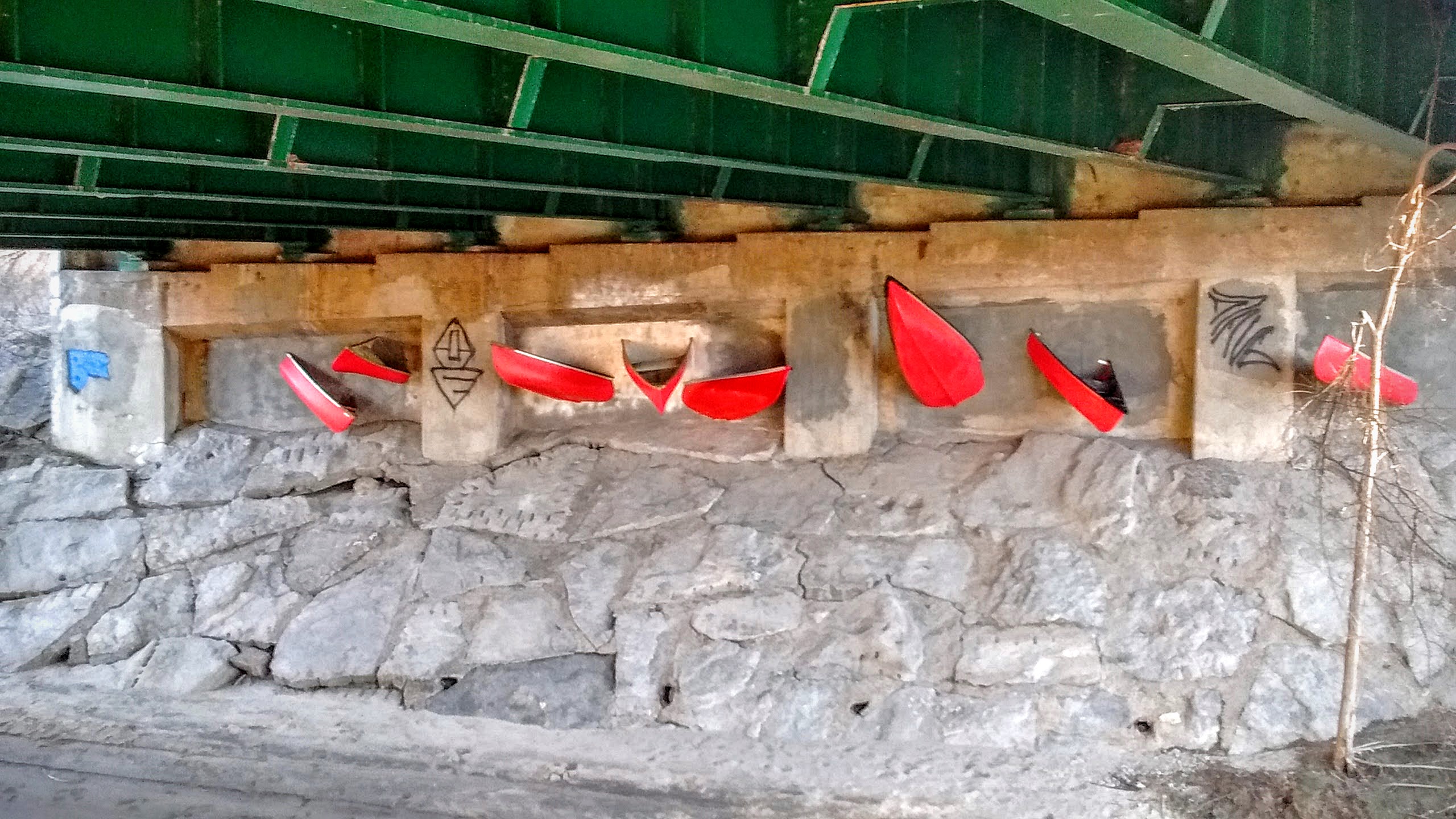The Globe and Mail reported (“Liberals prepare to pitch infrastructure bank to investors”, Nov. 4, 2016) that to sell the concept of Canada’s newly minted Infrastructure Bank “Finance Minister Bill Morneau said he and several other cabinet ministers are preparing presentations for a Nov. 14 gathering in Toronto of large institutional investors. The host will be BlackRock Inc., the world’s biggest asset manager.”
We’d like to remind these influential men, that when they convene, that what we the public want, is ethical infrastructure.

Your morning coffee can be fair trade. The software industry is developing its Hippocratic oath for programmers to encourage ethical, non-addictive, design. Buildings can be LEED rated as sustainable, good for their communities and occupants. What about infrastructure? Shouldn’t public infrastructure be better than is required by building standards and meet a higher standard – to ensure that it that doesn’t hurt the environment, disadvantaged groups, or neighbouring communities?
This should not be too onerous for most of big money has signed on to the UN’s Principles for Responsible Investment (PRI). There are nearly 1,500 signatories, from over 50 countries, representing US$60 trillion. The purpose is of the PRI commitments is to include environmental, social, and corporate governance (ESG) issues into investment decisions and to better align investors with broader objectives of society. We’d like the Canadian Infrastructure Bank to hold pension funds to what they say they will do – invest ethically and responsibly.
If the investors are acting ethically in financing infrastructure, are the making sure they infrastructure they are paying for is designed ethically? The Canadian Engineering Qualifications Board code of ethics is to “Hold paramount the safety, health and welfare of the public and the protection of the environment”. Ontario’s professional engineers more succinctly require “fidelity to public needs”. Architects have similar ethical obligations to serve not just their clients, but to respect the public, the natural, and cultural environments.
Jeffrey D. Sachs (“Sustainable infrastructure after the Automobile Age” The Boston Globe September 26, 2016) notes that public infrastructure must be renewed “in line with new needs, especially climate safety, and new opportunities … We should seek an infrastructure that abides by the triple bottom line of sustainable development.” Triple bottom line (financial, social and environmental) thinking encourages ethical design.
Incorporating ethics into infrastructure design is thinking about how transit can increase the health, food, and job opportunities to low income neighbourhoods. Using a moral compass will help when deciding whether to build larger pipes to handle stormwater or green infrastructure that, like grey infrastructure reduces flooding but also reduces the urban heat island, cleans the water and the air, and increases community property values. And taking the big picture into account will mean that we recognize the health, productivity, and reduced absenteeism benefit that sustainable design can bring to the buildings we work in.
Ethical infrastructure design must quantify and put a dollar value on the externalities – the positive and negative spill over effects – that are not captured by market prices. We need to know who or what is harmed and who benefits so we can make the right decisions.
We the public, the ones who will live with and use the public infrastructure, work and live beside the public buildings for a long time, would like our infrastructure to be ethically designed.
So, as Canada decides whether to sell our essential water and energy systems or whether to commit its taxpayers to foot the bill and shoulder the risk of new projects, we’d like the pension funds to abide by their PRI’s and the professional engineers, architects, and designers to re-read their codes of ethics and think about the environment and our quality of life. We’d like Canada’s Infrastructure Bank to adopt a triple bottom line assessment of new infrastructure as well as sales of existing infrastructure to ensure the environment, users, stakeholders as well as the moneyed interests are served.
John C. Parker is Chief Economist and John F. Williams is President and CEO of Impact Infrastructure Canada Inc.
0 Comments